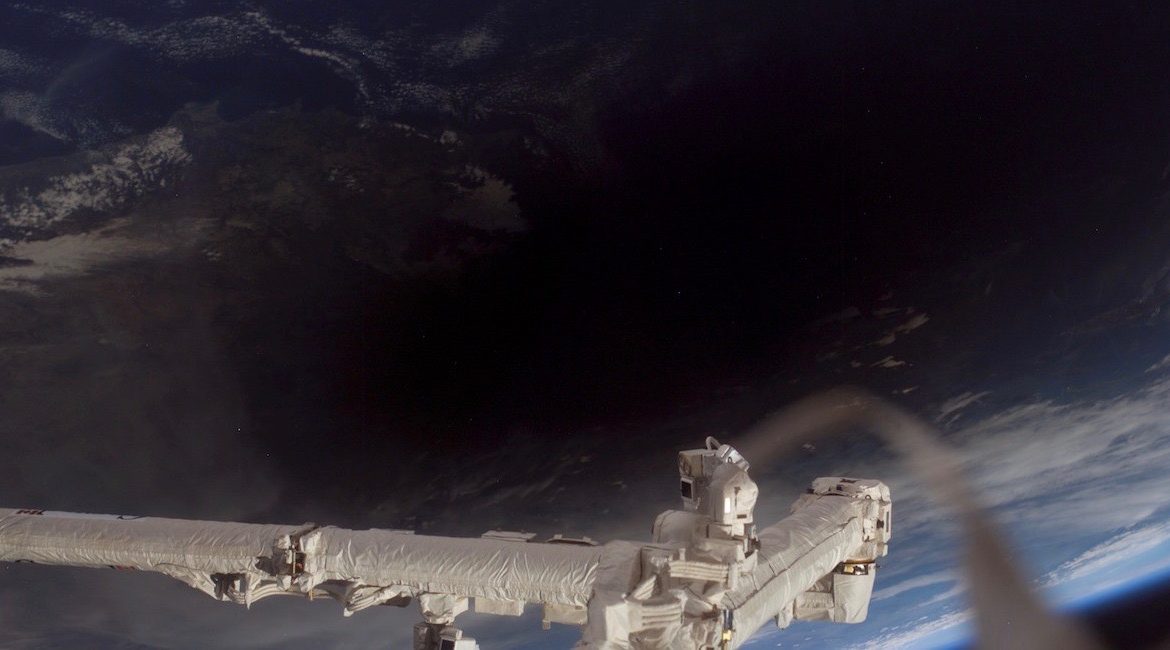
On August 21, we Americans get to see a total solar eclipse. As I mentioned in a previous piece, we can see solar eclipses only because our planet, our Moon, and our Sun sometimes come together in a straight line in space. When the Moon passes between the Sun and Earth, those in the Moon’s shadow see an eclipse.
But the story doesn’t end there. A rare alignment of events allows Earthlings to witness not just solar eclipses, but what we might call perfect solar eclipses. Our Moon just barely covers the Sun’s bright photosphere. Such an eclipse depends on just the right sizes, shapes, and relative distances of the Sun, Moon, and Earth.
There’s no law of physics that dictates this layout. There are 65 major moons in our Solar System, and many smaller ones. But only we enjoy perfect solar eclipses. If there were Martians or Uranians, they wouldn’t see such eclipses.
The Moon is about 400 times smaller than the Sun. But the Moon is also about 400 times closer to the Earth than is the Sun. As a result, the size of the Moon on our sky matches the size of the Sun. And since they appear as round disks, they match in both size and shape.
What’s more, the tight match between Moon and Sun only happens during a narrow window of Earth’s history. The Moon is slowly moving away from Earth — at roughly the same speed that fingernails grow.
In brief, the best time and place to view total solar eclipses in our Solar System is just when and where there are observers to see them.
Let that sink in.
What Life Needs
Most astronomers chalk this up to coincidence. But there’s more to the story.
As it happens, this precise arrangement of Earth, Moon, and Sun helps sustain life on Earth. Let me explain.
For lots of reasons, a planet almost surely needs liquid water on its surface to host complex life. Most places in the Solar System, and in the universe, are either way too hot or way too cold. To be “habitable,” a planet needs to be in the “Goldilocks Zone” around its star: where it’s not too hot and not too cold. Think of this zone as a narrow, nearly circular ring of space around a star.
The Earth is, of course, safely inside the zone. But how narrow is it? To figure that out, we need only look at our closest planetary neighbors. Mars is beyond the outer edge of this zone. It’s cold and lifeless. Venus is outside the inner edge of the zone. It’s over 850 degrees F on its surface. Apparently, there’s not a lot of wiggle room. If Goldilocks were a planet, she would be a fussy little princess.
The Moon also plays a role in keeping Earth habitable. A large, well-placed moon stabilizes the tilt of the axis of its host planet. That gives the planet a more stable climate. The Moon also contributes to Earth’s ocean tides, which helps mix nutrients from the land to the oceans. The two moons around Mars — probably captured asteroids — are much too small to stabilize its rotation axis. As a result, Mars wobbles on its axis far more than the Earth does. That’s bad news for Martians.

